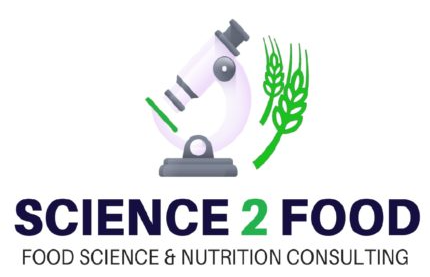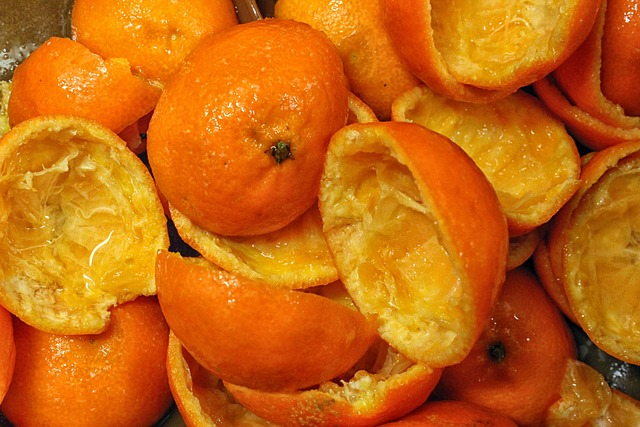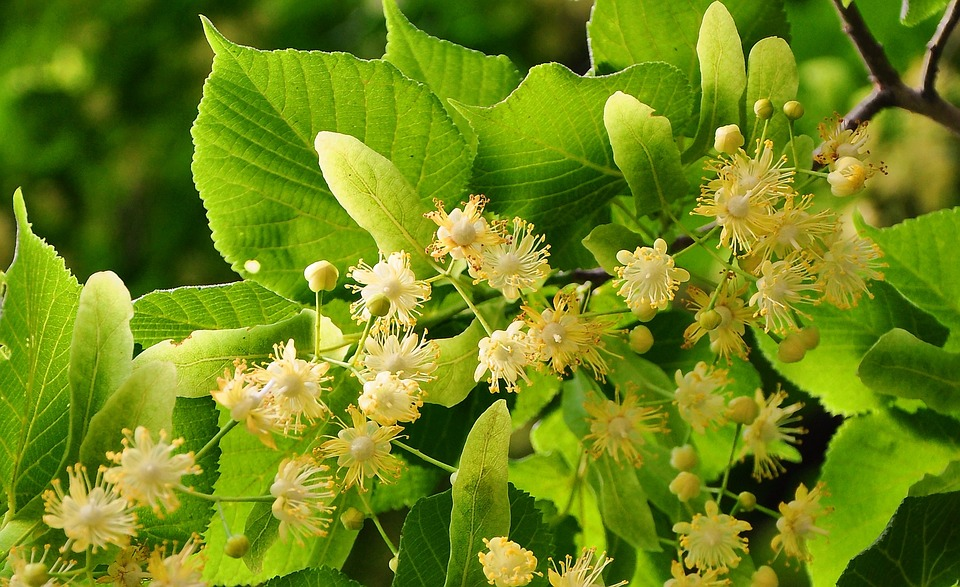Plant Fermentation
Plant material fermentation has been part of human food and beverages since the dawn of time. It was used to preserve food and enhance nutritional or organoleptic properties.
In antient times, fermented beverages and porridges were elaborated. We find historical traces of beer fabrication in ancient Egypt. Beer, named zythum was made with wheat, barley and dates providing sugars to enhance fermentation. In Mesopotamia, 3000 years B.C, beer was a thick drink drunk with a straw and elaborated from a barley bread.
In pre–Columbian America, cassava or maize fermented beverages such as chicha or tepache were common. In African countries, Yam was sometimes fermented.
Moreover, there is no need to detail all fermented products based on soy or rice consumed in Asia for millennia.
Initially and, in some cases today, the fermentation started spontaneously. Indigenous microorganisms located at the surface of plants are placed in ideal conditions for growth, fermentation and media acidification to kick out non desirable flora.
This is particularly true for natural bread sourdoughs, Sauerkraut, kimchi (in Korea), lacto fermented vegetables, olives, pickles, kefir and kombucha.
This phenomenon also appears in silages to preserve feed for farm animals.
In products such as coffee and chocolate, beans are initially fermented during the first steps of transformation.
In some cases, part of the previous cultivation is used to inoculate the new fermentation. This if typical of sourdough starters, leaven in very traditional breweries and wineries, kefir grains, vinegar mother and kombucha mother.
Material used for fermentation can also participate to inoculate the media for fermentation.
Off course, when these fermentations were industrialized, commercial starters were used to make sure of consistent results. The starters were powerful and efficient strains representative of wild cultures.
Among these ferments, lactic acid bacteria are highly represented. The well named, Lactobacillus plantarum and heterofermentative strains (gas producers) such as Lactobacillus brevis are very common. Oher lactic acid bacteria such as Leuconostoc and Pediococcus were identified. Particular species are associated with products. Lactobacillus Kefiranofaciens, from kefir and Lactobacillus sanfranciscencis found in San Francisco sourdough. In the same way, lactic acid bacteria responsible for malolactic fermentation are named Oenococcus (Oenococcus oeni).
Vinegar bacteria are also typical from fermented plant products. Acetobacter, and particularly Acetobacter acetii are key players in vinegar production.
Yeasts are key player in plant fermentations. The more frequent, found everywhere, is Saccharomyces cerevisiae (From beer : cerveza in Spanish and the old Celtic beer named cervesius). Off course, particular yeast strains are used during winemaking process.
Finaly, we must keep in mind that in Asian plant fermentation molds are used. Species such as Rhyzopus, Aspergillu are key in Miso, Tempeh or soy sauce production. Other kind of bacteria, Bacillus (Bacillus Natto) are responsible for Natto fermentation.
Today, plant fermentation is very trendy. Many players offer fruit kefir, kombucha, tempeh, lacto fermented vegetables. In many countries, there are plenty of microbreweries.
Recently, Mycelium culture became very active. Mycelium is a group of filaments forming the vegetative part of mushrooms. These mycelium fermentation processes produce alternative to meat and animal proteins.
With upcycling needs, today, a lot of companies use agricultural and food byproducts through fermentation to produce ingredients for the food industry. Spent grains, fruits, vegetables are Communay used.
Science 2 Food has a strong expertise in Fermentation and has a good network with other companies today specialized in plant fermentation.
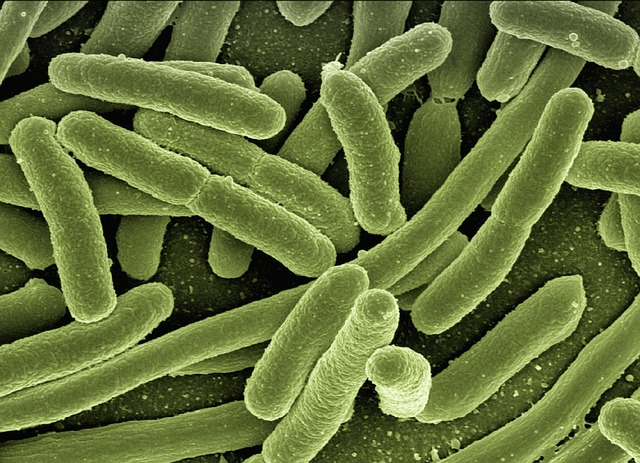

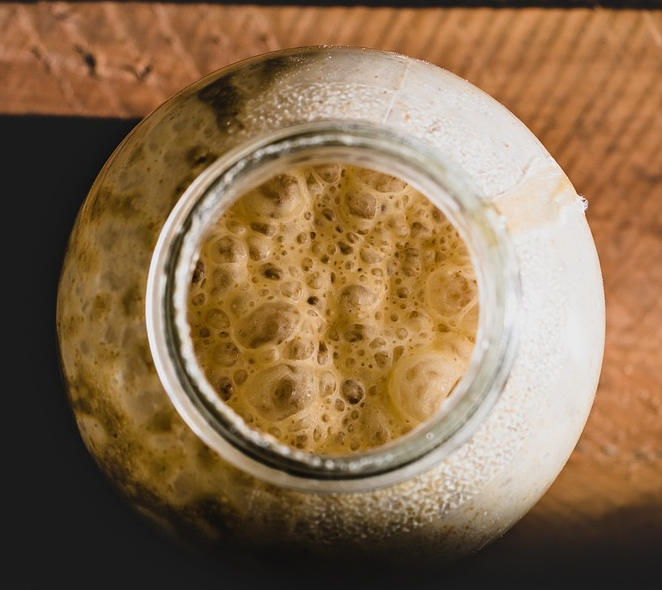

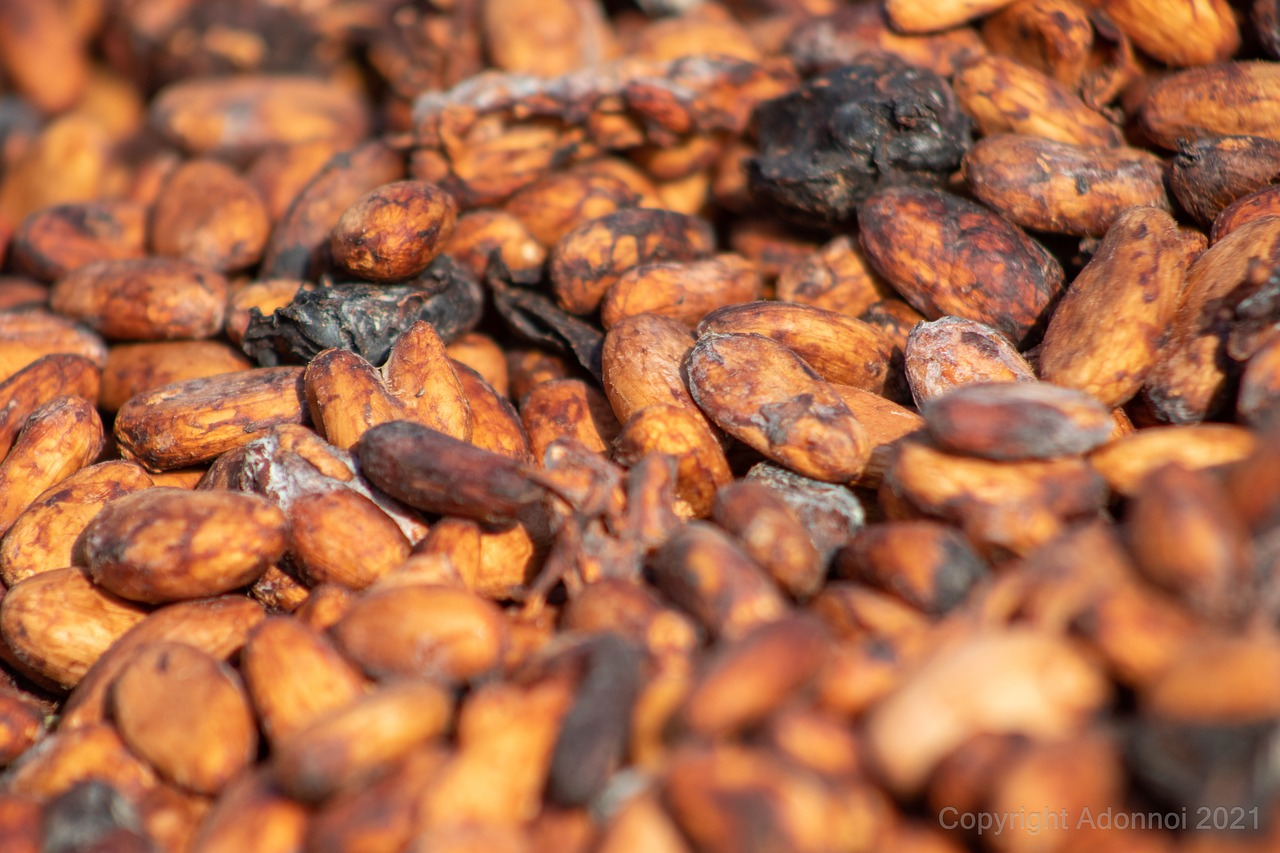
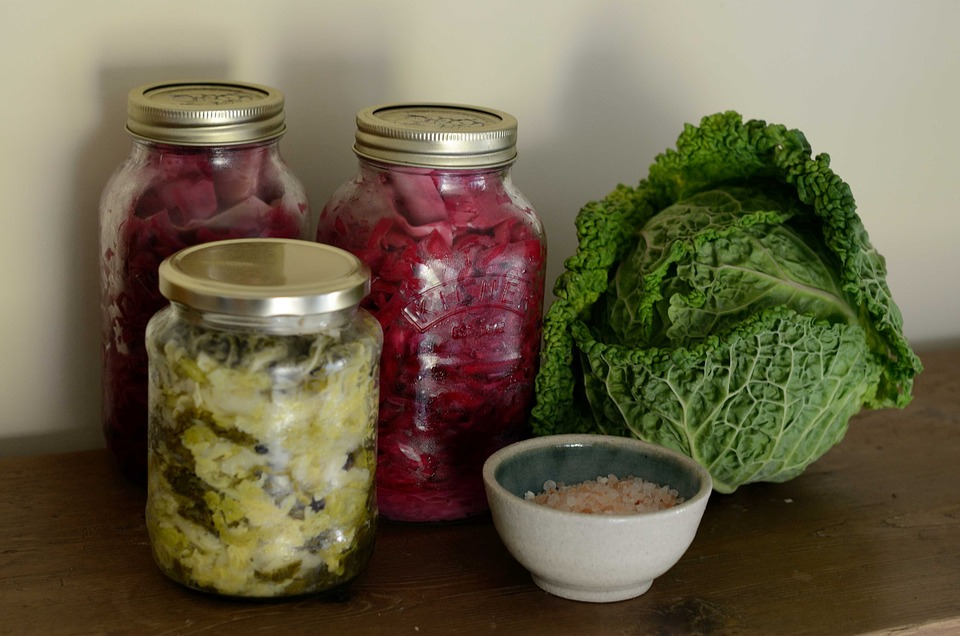

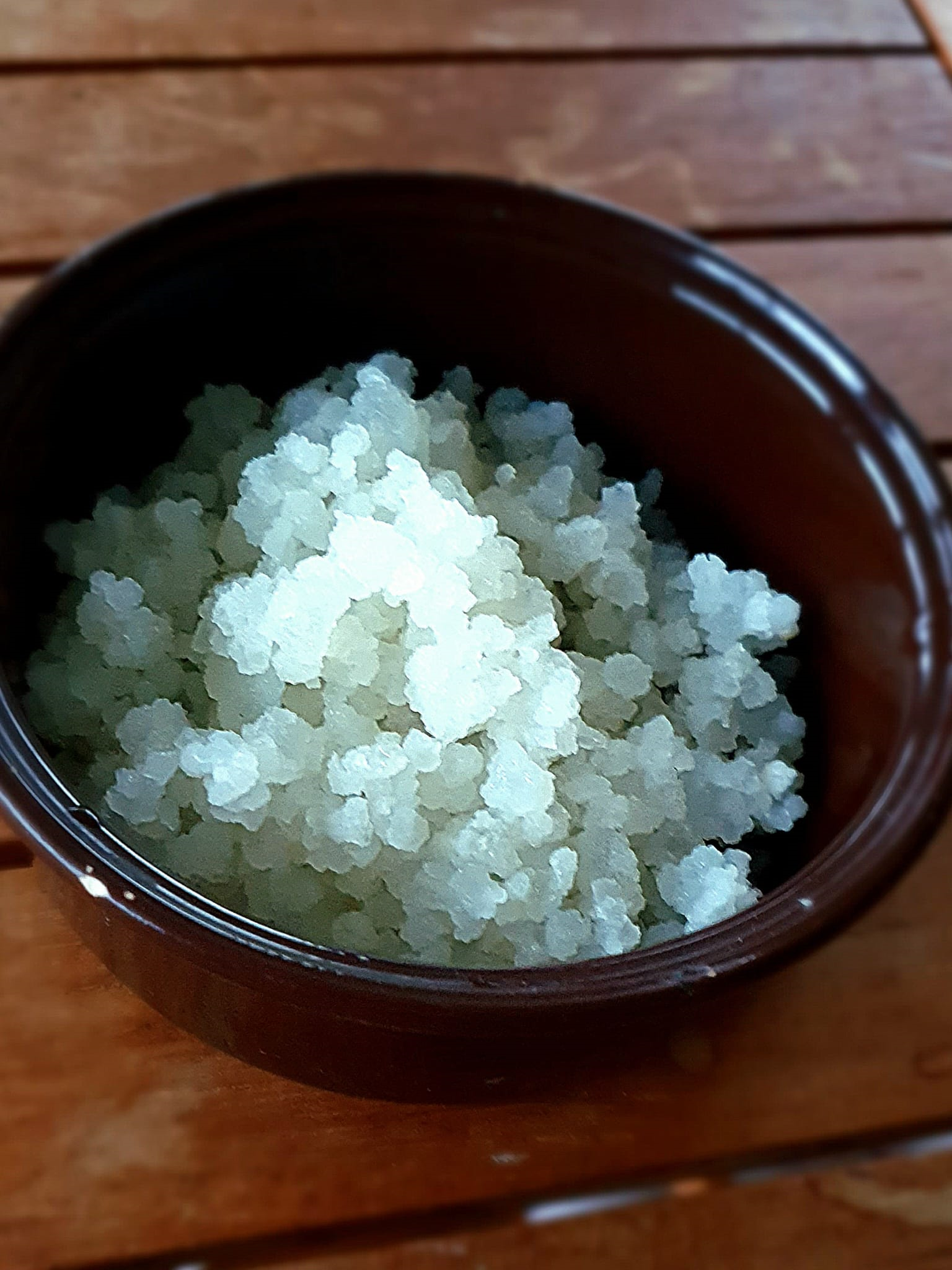
![photo kombucha[13149]](https://science2food.com/wp-content/uploads/2023/04/photo-kombucha13149-1.png)
